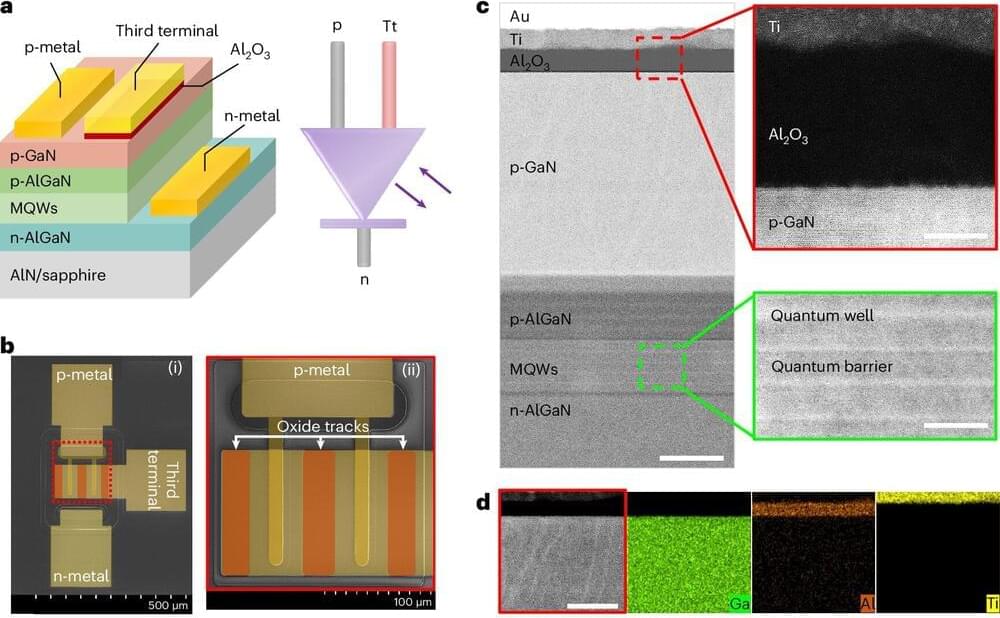Revealing how the human mind represents information is a longstanding goal of cognitive science. Here, the authors develop a method to reconstruct the mental representations of multiple visual concepts using behavioral judgments.



A recent United Nations report found that the world generated 137 billion pounds of electronic waste in 2022, an 82% increase from 2010. Yet less than a quarter of 2022’s e-waste was recycled. While many things impede a sustainable afterlife for electronics, one is that we don’t have systems at scale to recycle the printed circuit boards (PCBs) found in nearly all electronic devices.
PCBs — which house and interconnect chips, transistors and other components — typically consist of layers of thin glass fiber sheets coated in hard plastic and laminated together with copper. That plastic can’t easily be separated from the glass, so PCBs often pile up in landfills, where their chemicals can seep into the environment. Or they’re burned to extract their electronics’ valuable metals like gold and copper. This burning, often undertaken in developing nations, is wasteful and can be toxic — especially for those doing the work without proper protections.
A team led by researchers at the University of Washington developed a new PCB that performs on par with traditional materials and can be recycled repeatedly with negligible material loss. Researchers used a solvent that transforms a type of vitrimer — a cutting-edge class of sustainable polymers — to a jelly-like substance without damaging it, allowing the solid components to be plucked out for reuse or recycling.

Researchers have developed a new communication paradigm that can let them securely connect a PC to a quantum computer over the internet.
Known as “blind quantum computing,” the technique uses a fiber-optic cable to connect a quantum computer with a photon-detecting device and uses quantum memory — the equivalent of conventional computing memory for quantum computers. This device is connected directly to a PC, which can then perform operations on the quantum computer remotely. The details were outlined in a new study published April 10 in the journal Physical Review Letters.
🔒 Keep Your Digital Life Private and Be Safe Online: https://nordvpn.com/safetyfirst…






Now, new research reveals yet another engineering feat of this ancient animal’s structure: its ability to filter feed using only the faint ambient currents of the ocean depths, no pumping required.
This discovery of natural ‘“zero energy” flow control by an international research team co-led by University of Rome Tor Vergata and NYU Tandon School of Engineering could help engineers design more efficient chemical reactors, air purification systems, heat exchangers, hydraulic systems, and aerodynamic surfaces.
In a study published in Physical Review Letters, the team found through extremely high-resolution computer simulations how the skeletal structure of the Venus flower basket sponge (Euplectella aspergillum) diverts very slow deep sea currents to flow upwards into its central body cavity, so it can feed on plankton and other marine detritus it filters out of the water.